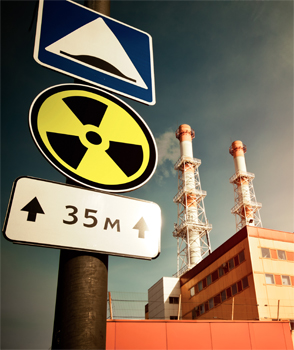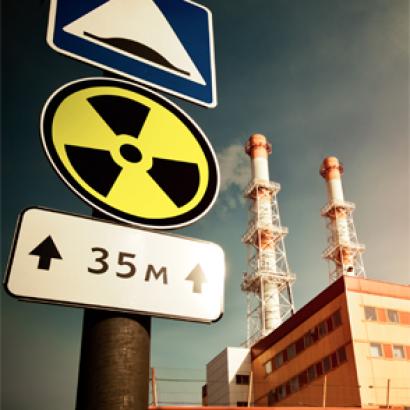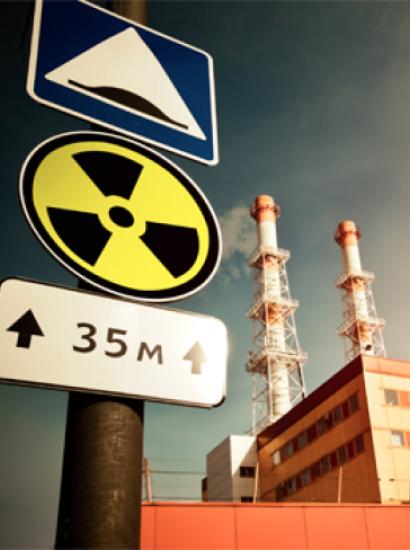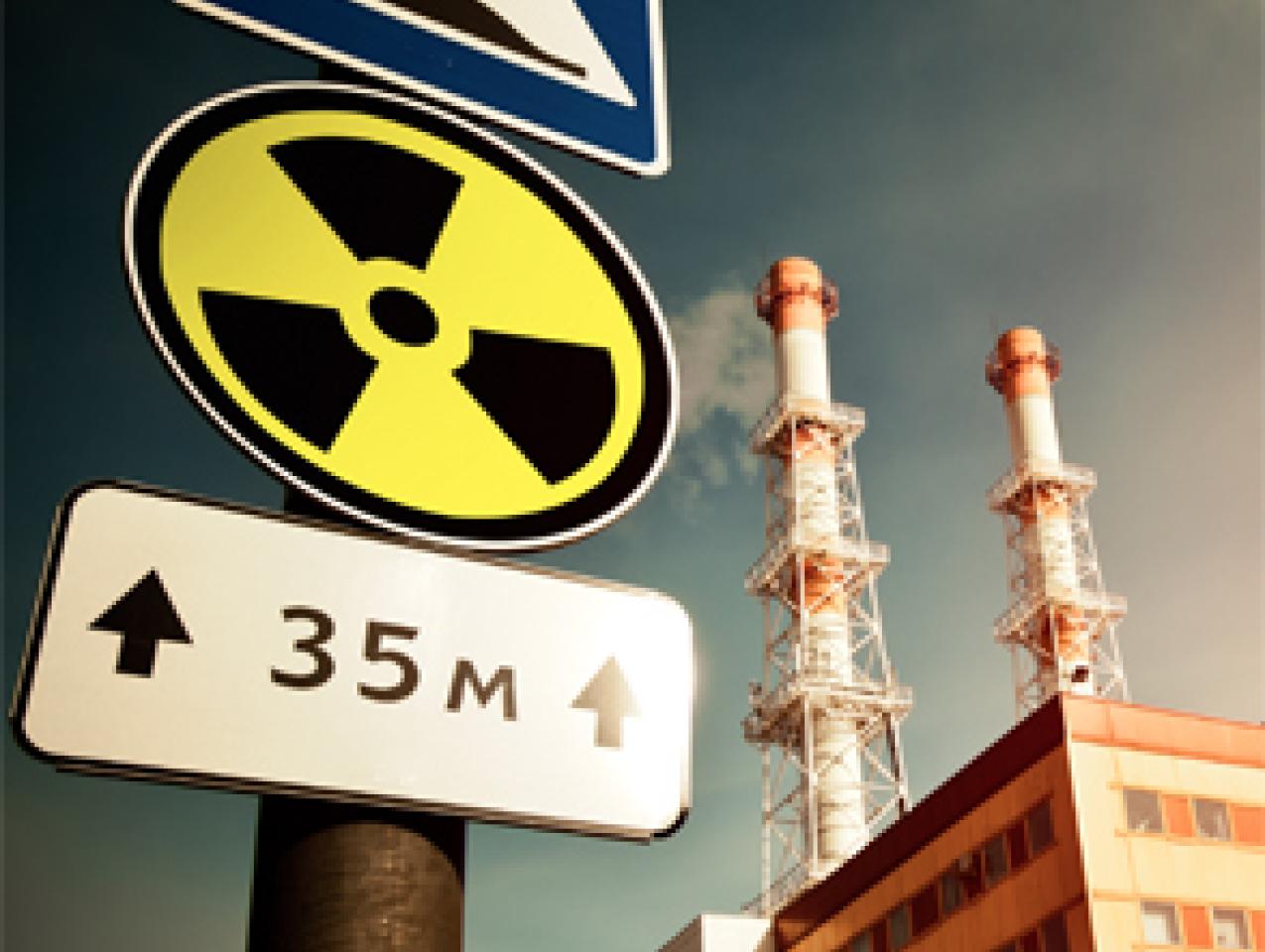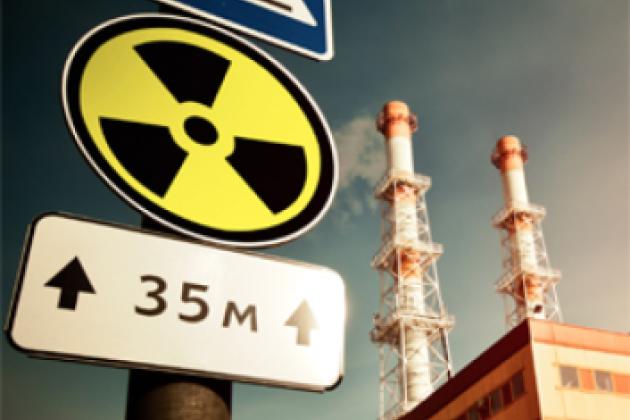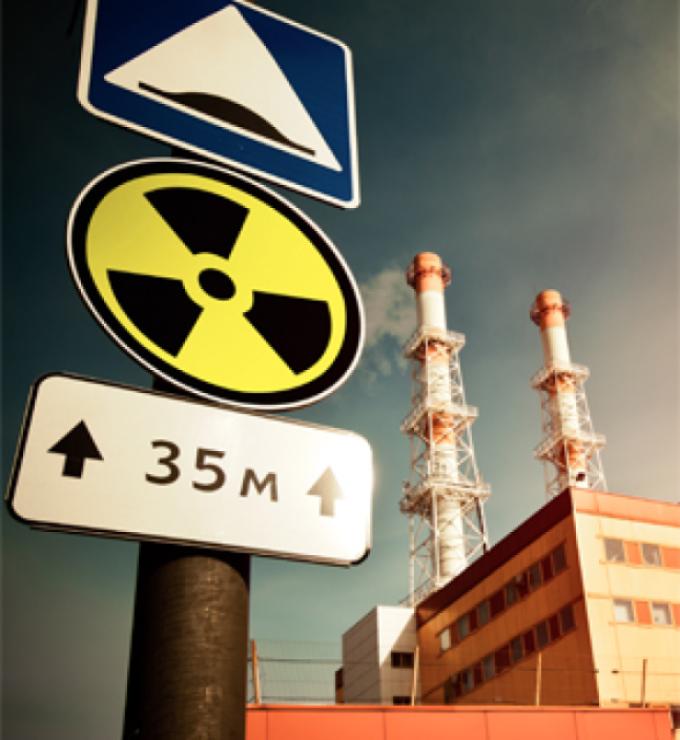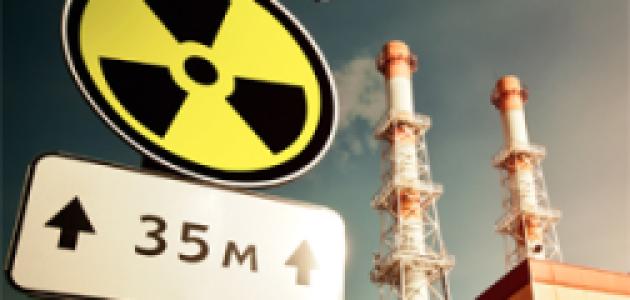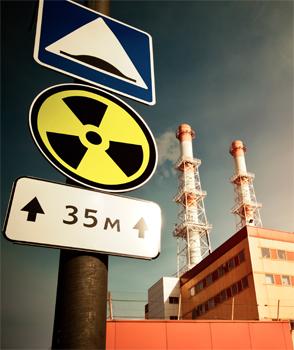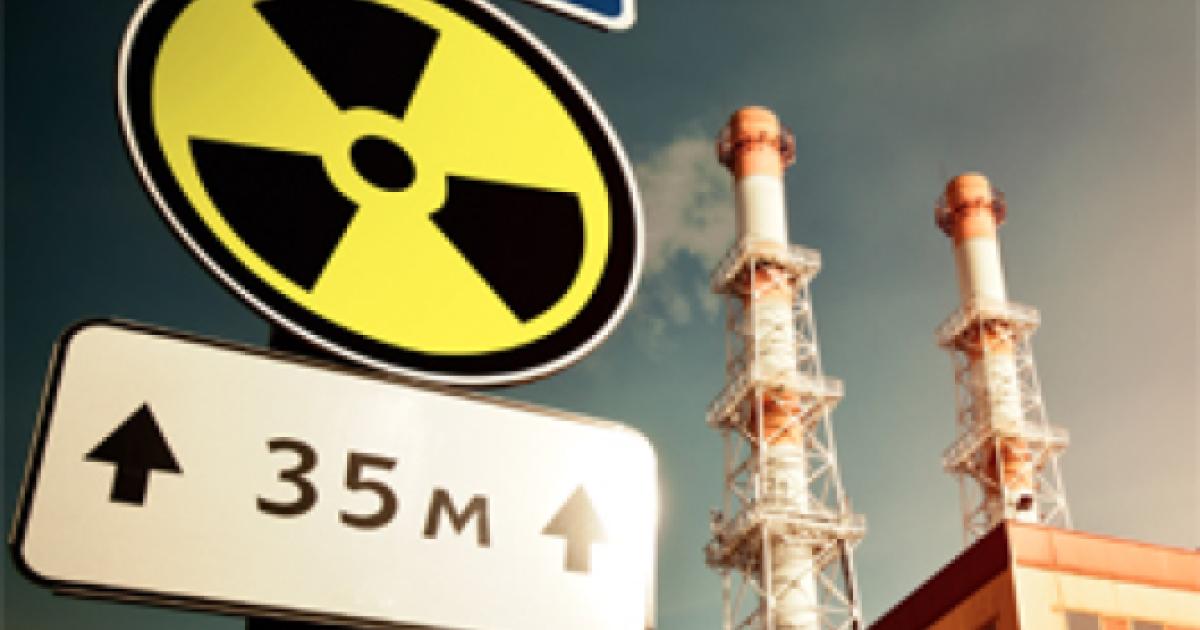- State & Local
- California
This is a cautionary tale of two heads of state looking at uncomfortable scenarios that involve a “nuclear option.”
For Russian president Vladimir Putin, that might be detonating an atomic weapon somewhere in the confines of Ukraine so as to reverse the tide of war in that nation, or maybe compel his foes to seek a quick truce.
For California governor Gavin Newsom, who’s looking at the prospect of a hot, dry summer and a return to rolling blackouts in the midst of an election year, the urgency of the moment means something ordinarily anathema to a progressive banner-carrier: embracing nuclear energy.
What set tongues wagging out west last week: Newsom telling the Los Angeles Times’s editorial board that his administration might seek a delay in the planned closure of California’s Diablo Canyon, which shares the dual distinction of being the Golden State’s last operating nuclear-power plant and its largest source of energy (it generated about 9% of California’s power last year).
Here, things get complicated. In order to keep Diablo Canyon open (it’s scheduled to close in 2025), Newsom would seek a piece of $6 billion in existing federal infrastructure money meant to spare nuclear reactors from closure (the Newsom administration has until mid-May to submit a formal request).
Second, for California to keep its lone nuclear plant running, there has to be proof of hardship . . . on the part of the energy provider. According to federal Department of Energy rules, a nuclear reactor has to demonstrate proof of being “at risk of ceasing operations due to economic factors.” That means PG&E Corporation, the profitable California-based energy concern that runs Diablo Canyon, would have to open its books on the plant’s expenses.
And it’s not as if federal approval happens overnight. PG&E would have to resubmit an application with the Nuclear Regulatory Commission to renew the plant’s license (PG&E withdrew its application for a 20-year license four years ago). The NRC, in turn, would want to see an updated environmental report.
And should someone work out all of this to California’s energy-producing advantage, with Diablo Canyon getting a new lease on life? Don’t expect Newsom to take a victory lap at the seaside plant, which is about an hour’s drive west from San Luis Obispo. “In the long term,” said a Newsom spokesperson, “the Governor continues to support the closure of Diablo Canyon as we transition to clean energy while ensuring the reliability of our energy grid.”
And therein lies the key to why a renewable-loving politician like Newsom suddenly wants to reharness the atom: “the reliability of our energy grid.”
Two summers ago, California’s grid proved to be the antithesis of reliable. In mid-August, California’s Independent System Operator (it oversees the bulk of the Golden State’s electric power system) instituted “rotating electricity outages” across the state—in layman’s terms, “rolling blackouts.” What compelled parts of California to go dark? A record-setting heat wave and a power demand exceeding planned allotments.
But California’s electricity shortage was further complicated by the fact that the renewable energy portion of the grid wasn’t carrying its share of the burden—the available supply of solar-generated power not enough to keep up with peak-hours demand.
Nearly two years later, Newsom seems to have accepted the reality that California needs more than renewable energy to withstand a summertime surge. And to that, you can credit recent political history.
In October 2003, Gray Davis became the answer to the trivia question of the last California governor who failed to serve two complete terms, when he was recalled by voters in a special election. There’s more than one reason why Davis suffered that fate. Yes, Arnold Schwarzenegger was a compelling populist. And California voters were miffed by a tripling of the state’s vehicle license fee three and a half months prior to the October vote—aka, a “car tax” that played a prominent role in Schwarzenegger’s cinematic run for governor.
But also setting the stage for Davis’s downfall: rolling blackouts that began in mid-June 2000 as a consequence of wholesalers refusing to sell electricity to California’s financially strapped power utilities.
Over the next few months, Davis repeatedly pleaded to Californians to cut down on their energy use. The following January, he declared a state of emergency and called on lawmakers to appropriate funds to cover the cost of additional power.
Combined with a slow economy, a massive state budget due to runaway spending, and Sacramento’s inability to do its business in a timely fashion (state budgets enacted after their due-dates thanks to partisan grandstanding), Californians grew to see their governor as hardly a commanding figure—“blackouts” becoming “Gray outs.” While Davis did limp to reelection in November 2002 (a five-point win against first-time candidate Bill Simon, as opposed to a 20-point rout of then-attorney general Dan Lungren four year earlier), he was relatively easy pickings for Schwarzenegger less than a year later (55.4% of Californians voting yes on the recall question).
Newsom’s not likely to suffer the same fate as Davis—at last count, California Democrats enjoy a 5-million-voter advantage over Republicans in party registration, versus a cushion of less than 1.3 million voters at the time of Schwarzenegger’s recall victory. Still, Newsom already is looking at one bad optic (from a political perspective): brown lawns across Southern California late this year due to new outdoor water restrictions imposed upon home and car owners (the goal being a 35% reduction in overall water consumption).
There may be one other reason why Newsom chose to embrace nuclear power . . . well, acknowledged its existence in California, at least: he’s not looking at a public-approval meltdown.
Per this recent Berkeley IGS poll, a plurality of California voters statewide indicated they’re in favor of building more nuclear reactors across the Golden State (44% supported, 37% opposed). Asked about the closure of the Diablo Canyon plant, 39% of California voters statewide want it to remain open, with 33% wanting the closure to go on as planned. Only 25% of Democrats surveyed opposed the closure, versus 63% of Republicans and 42% of independents.
While that’s not a hearty mandate, it does represent a change in California opinion. In the mid-1980s and not long after the partial meltdown at Pennsylvania’s Three Mile Island plant, over 60% over Californians claimed to be against nuclear power.
There’s one final scenario to consider should Newsom opt not to “go nuclear,” and it’s not a pleasant one for California—a future that includes what the state’s ISO calls a “critical inflection point.” Translation: without a functional and operating nuclear power plant, the nation’s most populous state won’t be able to meet its energy needs.
Meanwhile, the Golden State finds itself in a race against time. Four years ago, California enacted a law requiring renewable and zero-carbon energy resources to supply 100% of the state’s electric retail sales by 2045. To reach that goal, California will need to triple its current electricity-grid capacity. Meanwhile, in its zeal to divest from fossil fuels, the state adds more pressure to said grid. One such example: a California ban on gas-powered leaf blowers and generators beginning in 2024.
At the moment, that 2045 target seems a distant ideal. Two years ago, according to the California Energy Commission, 37% of California’s power came from natural gas, versus 33% from renewables, 13.5% from hydropower (a less reliable source today thanks to California’s persistent drought), plus 3% from coal . . . and 9% from Diablo Canyon.
Take away that 9% and California’s future may look much like its recent past—importing energy from other states and seeking approval from the feds to allow natural-gas power plants to operate at maximum and without pollution restrictions.
California’s dirty secret: green and clean energy is a messy ideal.







